Just over 1 million people, unable to connect to their the electrical grid in their country, count on fuel-based lighting as an alternative way to power their homes.
You’ve heard of fuel-based lighting, and maybe even used them on occasion yourself. Kerosene fueled lamps, candles or oil lanterns are common as are gas lamps and torches.
Once disaster strikes, we’re going to have to get back to the basics of lighting our homes so let’s look at some ways to light your house post-SHTF that are also feasible.
When you move off the grid, you’ll need to change the way you use energy in your day-to-day life.
If practical, ease into this more economical way of living, rather than diving right into it. In a disaster you may be thrown into an adapt-or-die situation with no choice but to change your lifestyle immediately.
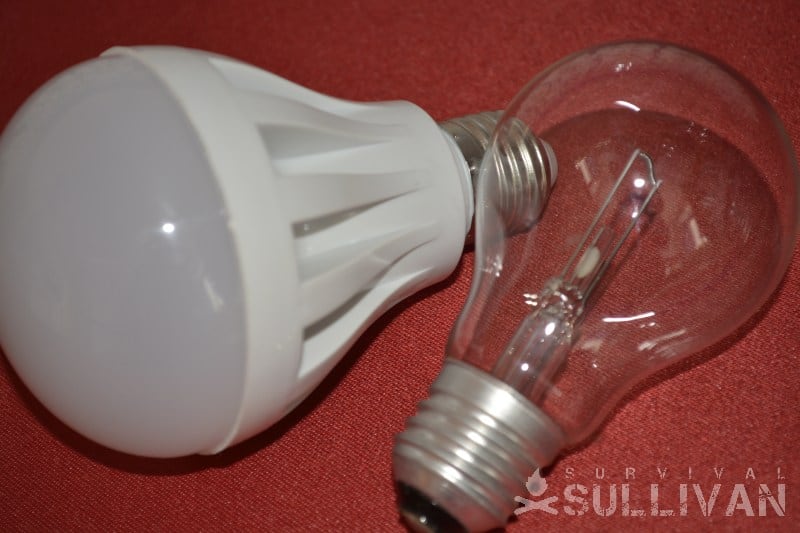
Table of Contents
1. Lightbulbs
The first step is to change your lightbulbs. These account for about 30% of your energy bill. Opt for LEDs, energy savers, or fluorescent lamps to keep the lights on stronger for longer.
If you can afford LEDs, they are the best for off-the-grid living. Test a couple before buying large quantities, the amount of light they give off can be disappointing.
You can use less energy and still have the same amount of light by using compact fluorescent bulbs, also known as energy saver bulbs.
Once you’ve changed your bulbs, get into the habit of turning off lights as you leave the room. This saves a considerable amount of energy.
Disclosure: This post has links to 3rd party websites, so I may get a commission if you buy through those links. Survival Sullivan is a participant in the Amazon Services LLC Associates Program. As an Amazon Associate, I earn from qualifying purchases. See my full disclosure for more.
Rope lights, designed for cars or campers, require only a 12V cigarette outlet or battery pack.
Output won’t illuminate a room like a bulb would, but provides enough soft, ambient lighting to keep your camp going when darkness falls.
If you’re handy, you can fashion your own DIY soda can nightlight. Slice open a soda can and use two-thirds of it as a reflector inside a mason jar.
If you position the top portion of a solar powered light on the top, it will be charged by the sun for several hours during the day.
A small portable wind turbine charger provides the same effect. Get one that folds up and is lightweight. As long as there’s a breath of wind, it will work.
You can even attach it to a high voltage rechargeable battery and tape the turbine to the roof of your car. You’ll have free energy stored up before you even get to camp!
Car headlights are another source of reliable lighting nobody thinks about. These sealed beam headlights never blow and can give you up to 50 years of bright, clean light. They run off car batteries, which are easily accessible power sources.
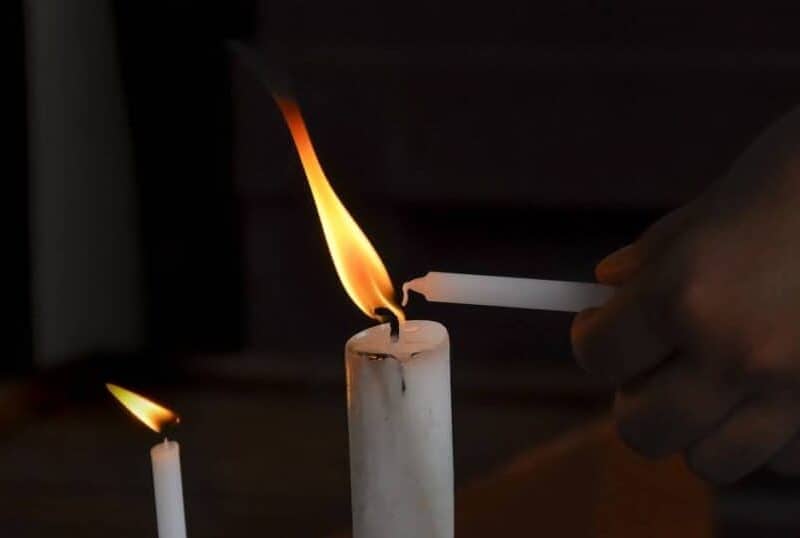
2. Candles
Candles are probably the number one emergency light. Keep them around the house, at your bug out location, in your car and even in your bug out bag. The best part is, they have an unlimited shelf life, so you don’t have to worry about replacing them.
The only thing you do need to worry about is that candles are fire hazards. Never leave a candle unattended, regardless of whether you’re in an emergency.
If you want, you can even make them yourself.
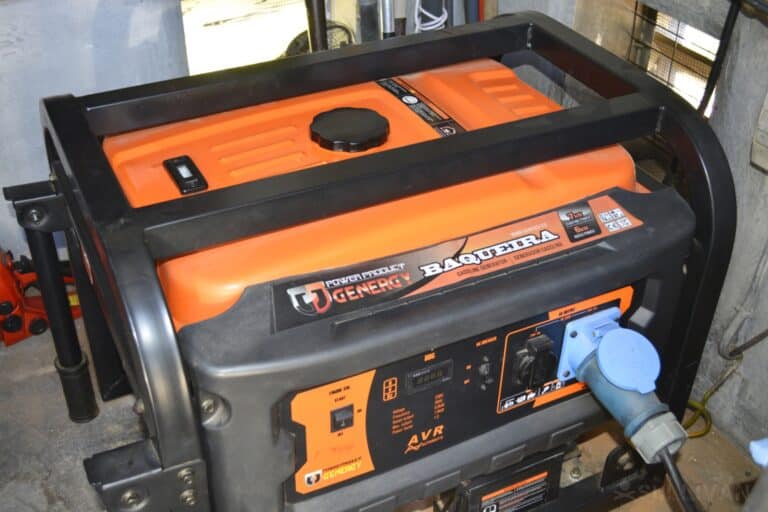
3. Generators
Generators are expensive and can set you back thousands of dollars. Review your prepping budget carefully to determine if it makes sense to get one.
Generators are definitely useful during a power outage, but tough to sustain when SHTF. Consider if you can store enough fuel safely.
Buying one shouldn’t mean you have to stop buying other emergency items. Remember that maintaing a fresh food supply should always be a priority.
As long as you have food that’s safe to eat, you can rely on fire for light as people did for centuries before us. Make certain you can afford to stockpile water, medical supplies or seeds.
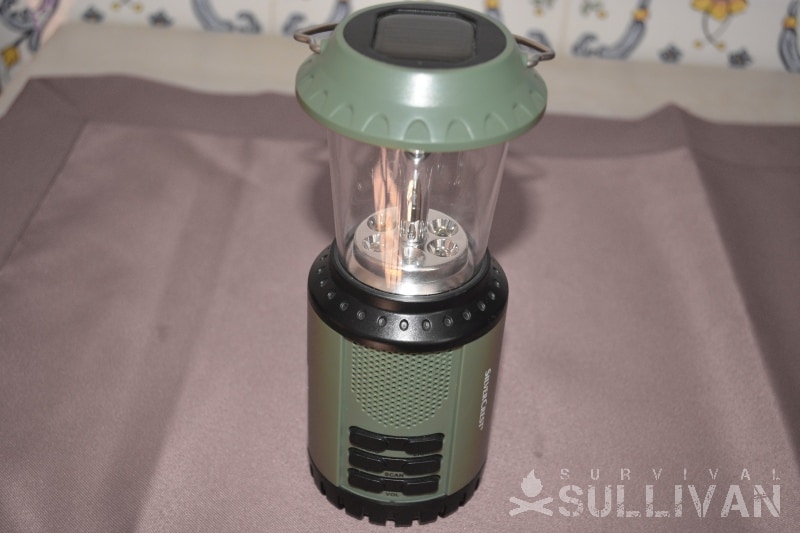
4. Solar Lights
While flashlights may be your best option for emergency lighting, they require a reliable power source in the form of propane, batteries or biofuel.
Candles are fire hazards and don’t last – that’s why solar lighting may be your best bet when all else fails.
- Solar lights embedded in vegetable patches or mounted on exterior walls provide a clean, reliable light source. You can use them outside of an emergency too, such as for charging your cell phone or other devices.
- When you buy one, be sure to replace the batteries. Manufacturers tend to use low-quality batteries to lower their costs. When solar lights receive mixed reviews online, it’s usually because the batteries were faulty, not the light itself.
- You can use your solar light as a battery charger during the day. Even when you’re not using it for light, it’s still a useful tool for powering your other devices.
- When purchasing outdoor solar lighting with dual purpose as a battery charger, get one that has an on-and-off switch to help you save energy.
- Some lights can accommodate up to two batteries. These have double the charging capacity as well as increased light output.
- Make use of camo duct tape to cover up the dawn sensor on outdoor solar lights if you wish to use them indoors. This stops other interior light sources from triggering the sensor and will make sure your solar light stays on.
5. Oil Lamps
Don’t underestimate the trusty oil lamp as an alternative to candles. Other variations include kerosene, gas-based and petroleum-based lamps.
If you prefer organic options, olive oil lamps can be an easy and safe alternative. Olive oil lamps generate more light than candles and are less toxic than kerosene and gas lamps.
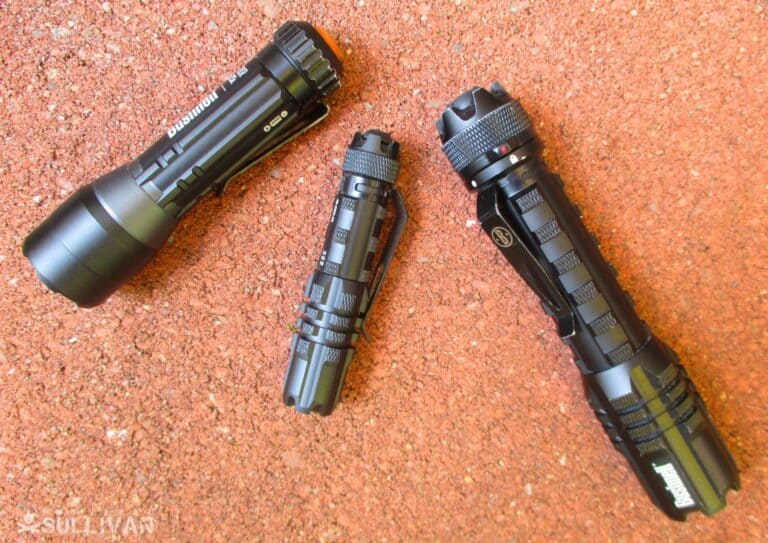
6. Flashlights and Lanterns
You know to include flashlights in your BOB and EDC, but what about spotlights? These larger lights are portable enough take with you if you bug out, but produce a beam strong enough to illuminate an entire room.
Many shapes and sizes are available, including LED, HID, incandescent and hand-crank.
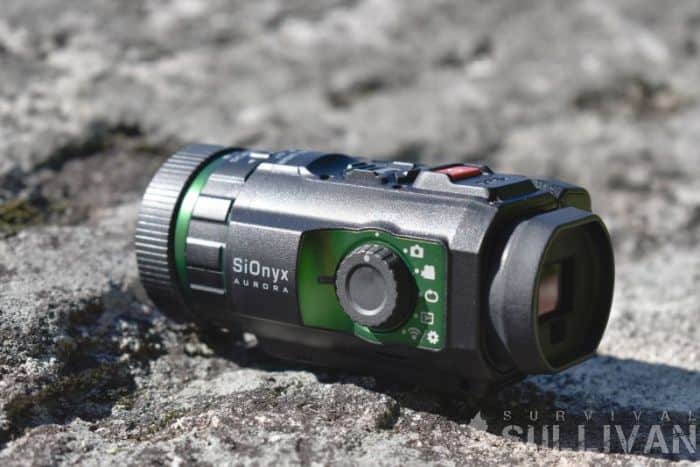
7. Night Vision Devices
A night vision device is fitted with a specialized, image-intensifier, tube that collects and augments any infrared light in your immediate area.
Because your eyes can’t detect infrared, it uses a specialized lens to capture and send it to the tube, where the image is blown up for you to see. These rely on batteries to power the tube, which outputs 5,000 volts.
- Night vision binoculars are simply binoculars designed for long-distance nighttime viewing while standing stationary. Later generations provide better illumination than the earlier ones.
- Night vision goggles provide non-magnified viewing for both eyes and are typically strapped to the head. Either the goggles have two tubes – one per eye – or a single tube to be shared by both eyes.
8. Solar Bottle Bulbs
This nifty little device is green, sustainable, and super reliable. It can provide around 55 watts of solar energy once you’ve installed it using a recycled plastic bottle, corrugated galvanized iron sheets, water and liquid chlorine bleach.
If you live in a warmer climate where freezing in the winter is a problem, don’t use water. Replace water with an edible grade of mineral oil, it has a much lower freezing point of -20F.
You can also use some finely sliced pieces of copper (1-2oz. each) placed in a solution if you can’t acquire bleach.
Another option is 15ml of iodine solution, a material that can be found at any drugstore or supermarket. Either way, both can prevent algae growth in your bottle bulb.
9. Fire
With a sheltered fireplace or pit and a pile of dry wood, you have a quick light and heat solution for the short-term. All you need is a place to do it, a fire starting device, tinder, and dry wood to sustain it.
A roaring fire will lift spirits in most circumstances. Keep water or a fire extinguisher on hand for safety.
10. Stoves
Alcohol or propane stoves are a lightweight, durable source of heat and light. You can make your own using soda cans and high-temperature tape, or you can buy a simple, fuel-efficient version from the store.
If you opt for a wood-burning or gas stove, treat this appliance with respect. Improper handling is dangerous. Also consider a portable stove, so you can take you should you need to evacuate.
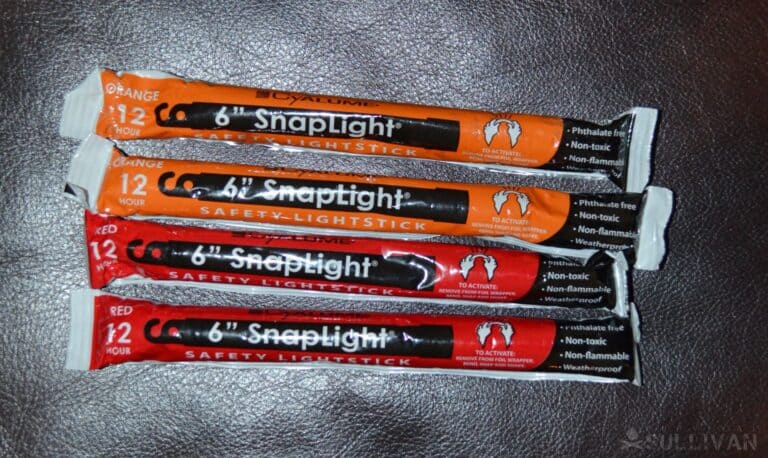
11. Chemlights
You can get these on Amazon and, while they won’t last a long time, they do have the benefit of not being fire hazards. This is because chemlights use a process called chemiluminescence.
Get the military grade kind if you can.
Safety First!
Accidents happen without the right precautions, especially with highly flammable biofuels. Cook on a fireproof surface, keep flammable materials away from fire, and pay attention to your environment.
If wind increases, it’ll fan flames and make them difficult to control. Never use a stove in a tent, or enclosed area without ventilation. Have water nearby.
Keeping your home or shelter well-lit and warm during a disaster is simpler than you think. Consider how to light your home and stock up on needed supplies and gear in advance.
It’s not easy to predict how long a blackout condition will last, so keep enough fuel on hand to keep everything going.
What’s your lock-down lighting plan?

My dad was military. My grandfather was a cop. They served their country well. But I don’t like taking orders. I’m taking matters into my own hands so I’m not just preparing, I’m going to a friggin’ war to provide you the best of the best survival and preparedness content out there.

Think about 12 volt lighting, such as is found in RVs and campers. You can use a car battery to power them and a small solar panel to recharge the battery. I wired my whole cabin in 12 volt lights and also added red tailer lights for night time lighting. A $40.00 solar panel from Northern Tool keeps my $100.00 battery from Interstate charged and ready to go. Just a thought.